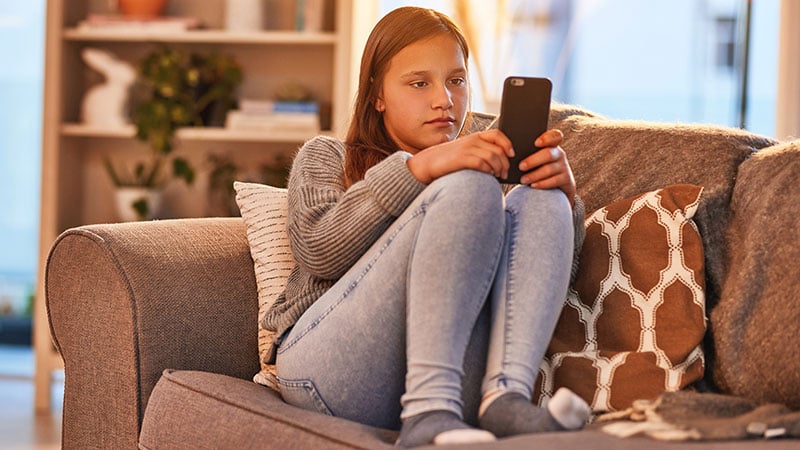TOPLINE:
A smartphone-based digital therapeutic application designed to deliver suicide-focused cognitive-behavioral therapy (CBT) was associated with a sustained reduction in suicidal ideation through 24 weeks post-discharge and a 58% reduced rate of suicide attempts compared to a control application among adult inpatients with prior attempts, a new study showed. However, the study did not meet its primary endpoint of difference between treatments for “time to first actual suicide attempt” in those with no prior attempts.
METHODOLOGY:
- The multisite, double-blind, randomized clinical trial included more than 300 adults with an increased risk for suicide (mean age, 28 years; 66% women; 67% White) across six psychiatric inpatient units in the US from 2022 to 2024. Of these, 170 had prior suicide attempts.
- All participants were given treatment as usual during and after enrollment and were randomly assigned to also receive either 12 sessions of CBT educational modules via a smartphone application called OTX-202 (digital therapy group; n = 168) or common information and materials via a control smartphone application (control group; n = 171).
- The primary outcome was number of days from randomization until first actual suicide attempt. Secondary outcomes were score changes on the Scale for Suicide Ideation and clinician-rated clinical improvement at week 24.
- Follow-up data were available for 79% of participants, with assessments conducted via remote interview at weeks 4, 8, 12, 24, 52, 78, and 104.
TAKEAWAY:
- Participants in the digital therapy group completed fewer mean number of sessions than those in the control group (4.4 vs 5.9; P = .02), and about 16% and 8% of the groups had at least one suicide attempt during the follow-up (P = .06), respectively. One death by suicide occurred during the study in the control group.
- Time to first actual suicide attempt and the adjusted rate of suicide attempts did not differ significantly between the treatment groups for those with no prior attempts. The cumulative probability of suicide attempt at 12 months was higher in the digital therapy group than in the control group (18% vs 9%).
- However, among patients with prior suicide attempts, those in the digital therapy group had a significant reduction in the rate of repeat suicide attempts during the follow-up compared with those in the control group (0.70 vs 1.68 attempts per person-year; adjusted rate ratio, 0.42; P = .04); each completed digital therapy module was associated with a 14% decrease in the suicide attempt rate; and their odds of clinical improvement were higher (odds ratio, 7.6; P = .04).
- The digital therapy group also showed a sustained reduction in suicidal ideation between weeks 12 and 24, whereas the control group showed an increased suicidal ideation during this period. The number, nature, and severity of adverse events did not differ significantly between the groups at 24 weeks.
IN PRACTICE:
“Although suicide-specific therapy is highly effective for reducing suicidal thoughts and urges, finding therapists who know how to do this life-saving therapy after leaving the hospital can be challenging,” lead study investigator Craig J. Bryan, PsyD, the Ohio State University College of Medicine, Columbus, Ohio, said in a press release.
Co-investigator Patricia Simon, PhD, Yale School of Medicine, New Haven, Connecticut, added, “The weeks and months following a suicide crisis and discharge from a hospital are among the highest risk periods for suicide attempts and mortality, making it imperative to offer effective, suicide-specific interventions during this vulnerable window. OTX-202 addresses this critical need.”
SOURCE:
This study was published online on August 8 in JAMA Network Open.
LIMITATIONS:
This study was limited by a smaller sample size and baseline differences between treatment groups despite randomization. The results were not generalizable to patients not engaged in hospital settings. The requirement of smartphone ownership potentially excluded patients with low socioeconomic status. The trial also lacked sufficient power to detect differences in suicide deaths.
DISCLOSURES:
This study was funded by Oui Therapeutics Inc. and the National Institute of Mental Health. Several investigators, including Bryan and Simon, reported having financial and other ties with various sources and receiving funds from Oui Therapeutics Inc. Full details are provided in the original article.
This article was created using several editorial tools, including AI, as part of the process. Human editors reviewed this content before publication.
